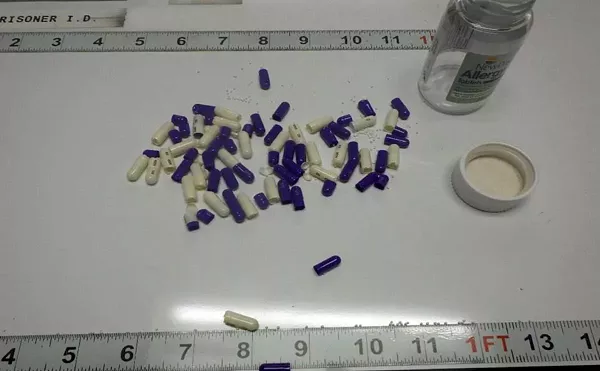
Audio By Carbonatix
[
{
"name": "GPT - Leaderboard - Inline - Content",
"component": "35519556",
"insertPoint": "5th",
"startingPoint": "3",
"requiredCountToDisplay": "3",
"maxInsertions": 100,
"adList": [
{
"adPreset": "LeaderboardInline"
}
]
}
]
John Ganis, a photography professor at Detroit's College for Creative Studies, specializes in using his camera to focus attention on "places where land development and resource extraction have had an impact on the American landscape."
Nearly two years ago, after oil from a ruptured pipeline leaked into Talmadge Creek and the Kalamazoo River, he made three trips to Emmett Township, a place especially hard-hit by the catastrophic spill.
"My photographs are intended to work on multiple levels, so that the images are not made with a didactic approach," Ganis says. "Rather, I constantly seek the metaphors that will extend the viewer's understanding from the specific situation photographed to a wider perspective. I hope that the audience will find these images revealing, and that they will stimulate a conversation about the incalculable consequences of corporate greed and negligence."
You can see more of his work in his 2003 book Consuming the American Landscape and at johnganisphotography.com.
Enbridge Clean-up Workers, Kalamazoo River at the Ceresco Dam, Ceresco, Michigan
Enbridge oil on the bank of the Kalamazoo River (July), Ceresco, Michigan
Oil spill Containment Booms, Kalamazoo River near South Wattles Road, Battle Creek
Enbridge Spill remaining below Ceresco Dam Fall 2011
Oil Spill in Kalamazoo River, South Wattles Road Bridge, Battle Creek





